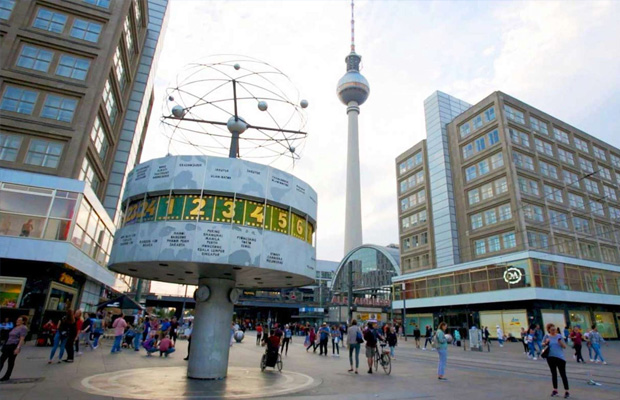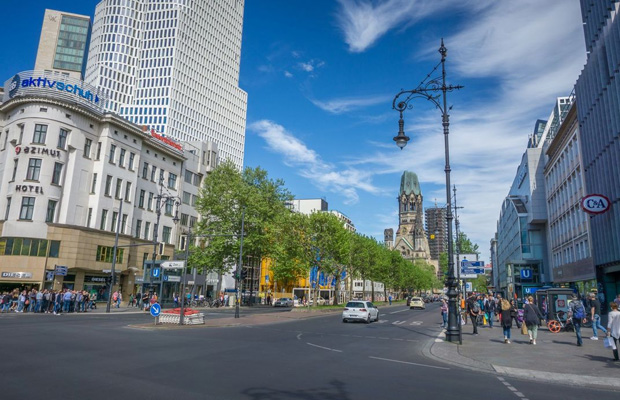Museum Island Berlin
Museum Island Berlin
Germany
Berlin
Berlin Travel Guide
Book Tour & Activities
Your tour in Berlin.
Book your stay
Your hotel in Berlin.
Overview
The Museum Island is a museum complex on the northern part of the Spree Island in the historic heart of Berlin. It is one of the most visited sights of Germany's capital and one of the most important museum sites in Europe.
The Museum Island is a museum complex on the northern part of the Spree Island in the historic heart of Berlin. It is one of the most visited sights of Germany's capital and one of the most important museum sites in Europe. Built from 1830 to 1930 by order of the Prussian Kings according to plans by five architects, the Museum Island was designated a UNESCO World Heritage Site in 1999. It consists of the Altes Museum, the Neues Museum, the Alte Nationalgalerie, the Bode-Museum and the Pergamonmuseum. Since the German reunification, the Museum Island has been rebuilt and extended according to a master plan. In 2019, a new visitor center and art gallery, the "James-Simon-Galerie," was opened.
History
A first exhibition hall was erected in 1797 at the suggestion of the archaeologist Aloys Hirt. In 1822, Schinkel designed the plans for the Altes Museum to house the royal Antikensammlung, the arrangement of the collection was overseen by Wilhelm von Humboldt. The island, originally a residential area, was dedicated to "art and science" by King Frederick William IV of Prussia in 1841. Further extended under succeeding Prussian kings, the museum's collections of art and archeology were turned into a public foundation after 1918. They are today maintained by the Berlin State Museums branch of the Prussian Cultural Heritage Foundation.
Museum Island further comprises the Lustgarten park and the Berlin Cathedral. Between the Bode and Pergamon Museums it is crossed by the Stadtbahn railway viaduct. The adjacent territory to the south is the site of the former royal and imperial Berlin Palace and the Palace of the Republic.
The Prussian collections became separated during the Cold War during the division of the city, but were reunited after German reunification, with the exception of some art and artifacts removed after World War II by Allied troops. These include the Priam's Treasure, also called the gold of Troy, excavated by Heinrich Schliemann in 1873, then smuggled out of Turkey to Berlin and smuggled out of Germany to Moscow. Today it is kept at the Pushkin Museum in Moscow.
As for the city's major museums, it took much of the 1990s for a consensus to emerge that Museum Island's buildings should be restored and modernized, with General Director Wolf-Dieter Dube's cautious plan for their use finally approved in January 1999. Then, six months later, Peter-Klaus Schuster took over and set in motion a far more ambitious program intended to turn Museum Island into a Louvre on the Spree. The federal government pledged $20 million a year through 2010 for projects to enhance Berlin's prestige and Unesco declaring the island a World Heritage Site.
The contents of the museums were decided on as follows: The Pergamon, with the Greek altar that gives it its name, retained much of its collection and was defined as a museum of ancient architecture. The Neues Museum presented archaeological objects as well as Egyptian and Etruscan sculptures, including the renowned bust of Queen Nefertiti. The Altes Museum, the oldest on the island, displayed Greek and Roman art objects on its first floor and hold exhibitions on its second floor. The Bode Museum's paintings went from Late Byzantine to 1800. And, as now, the Alte Nationalgalerie will cover the 19th century.[3] Once this process is completed, perhaps by 2020, the Gemäldegalerie’s painting collection will be transferred to the Bode, and a new annex, and Museum Island will present all art from the ancient civilizations to 1900.[5] The James Simon Gallery, a $94 million visitors’ center designed by the British architect David Chipperfield, is being built beside the Neues Museum. It will in turn be linked to the Neues, Altes, Pergamon and Bode Museums by an underground passageway decorated with archaeological objects.
Once the Museum Island Master Plan is completed, the so-called Archaeological Promenade will connect four of the five museums in the Museum Island. The Promenade will begin at the Old Museum in the south, lead through the New Museum and the Pergamon Museum and end at the Bode Museum, located at the northern tip of the Island. Before World War II, these museums were connected by bridge passages above ground; they were destroyed due to the effects of the war. There have never been plans to rebuild them; instead, the central courts of individual museums will be lowered, which has already been done in the Bode Museum and in the New Museum. They will be connected by subterranean galleries. In a way, this archaeological promenade can be regarded as the sixth museum in the Island, because it is devised not only as a connecting corridor but also as a strung-out exhibition room for interdisciplinary presentations. The Archaeological Promenade may be characterized as a cross-total of the collections that are shown separately (in accordance with cultural regions, epochs, and art genres) in the individual museums of the Island. The Archaeological Promenade will address multi-focus topics that have occupied the human mind irrespective of time and cultural region, be it a question of life after death or issues of beauty and other topics.
Museum Island is referenced in the song "On the Museum Island" by folk artist Emmy the Great.
The southern section of the island, south of Gertraudenstraße, is commonly referred to as Fischerinsel (Fisher Island) and is the site of a high-rise apartment development built when Mitte was part of East Berlin.
Video Travel Inspiration
See Museum Island Berlin on Map
Most Popular Cities

Siem Reap
Cambodia
Ho Chi Minh City
Vietnam
Beijing
China
Paris
France
London
United Kingdom
New York
USA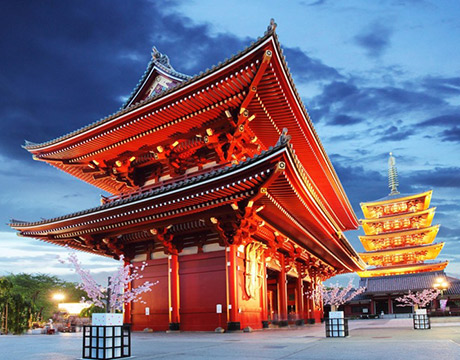
Tokyo
Japan
Bangkok
Thailand
Seoul
South Korea
Vientiane
Laos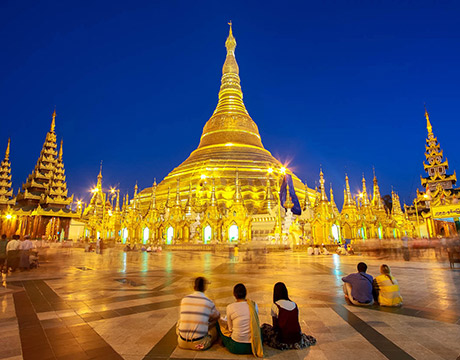
Yangon
Myanmar
Washington DC
USA
Los Angeles
USA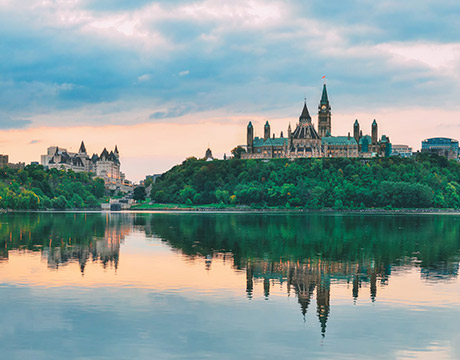
Ottawa
Canada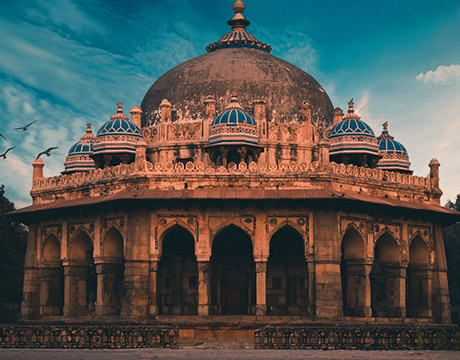
New Delhi
India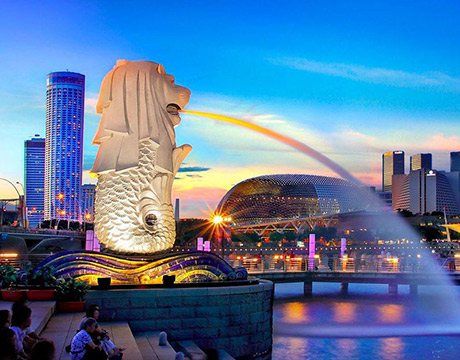
Singapore
Singapore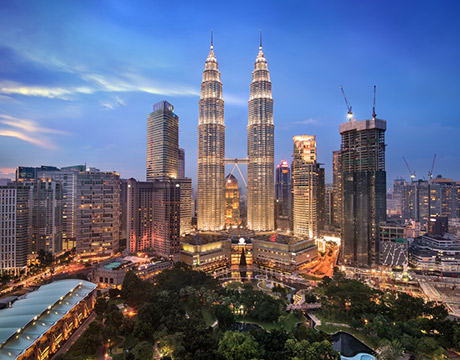
Kuala Lumpur
Malaysia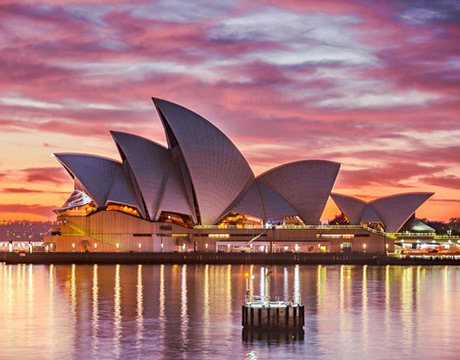
 English
English French
French Khmer
Khmer Thai
Thai Vietnamese
Vietnamese Chinese
Chinese Korean
Korean German
German Japanese
Japanese Italian
Italian Russian
Russian Spanish
Spanish Dutch
Dutch Indonesian
Indonesian Malay
Malay


.jpg)
